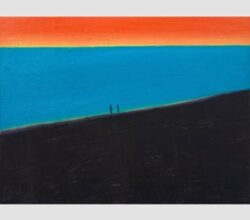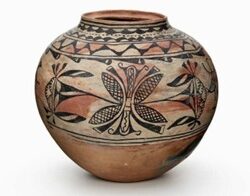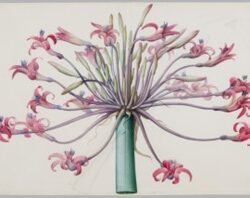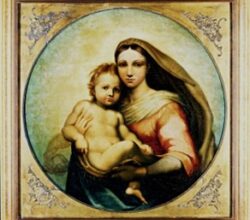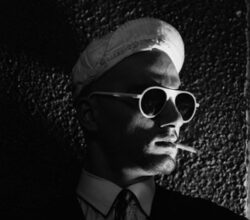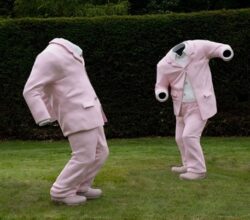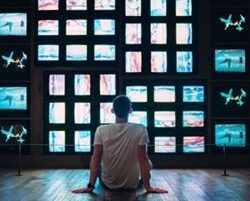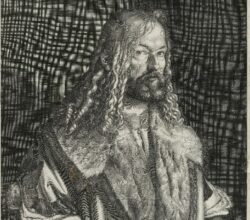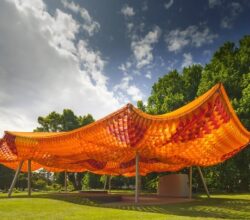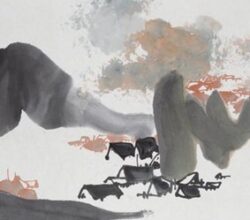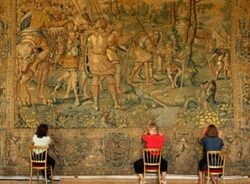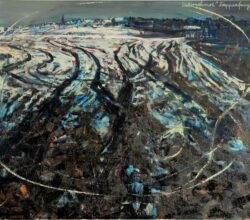
From the ruins of the future
Florian Illies | Zeit Online | 13th July 2023
An elegant speech about Kiefer, just awarded the German National Prize. At a public event in 1970, Kiefer raised his arm in a Nazi salute in an attempt to break through “the silence and the self-justification” about the Nazi era. The ensuing controversy revealed Germany as a “community of shame”. Kiefer’s paintings, with their unconventional materials and “confrontational” scale, “not only reveal the scars of history, but also look into the open wounds of the future.” An interview with Kiefer is here.

